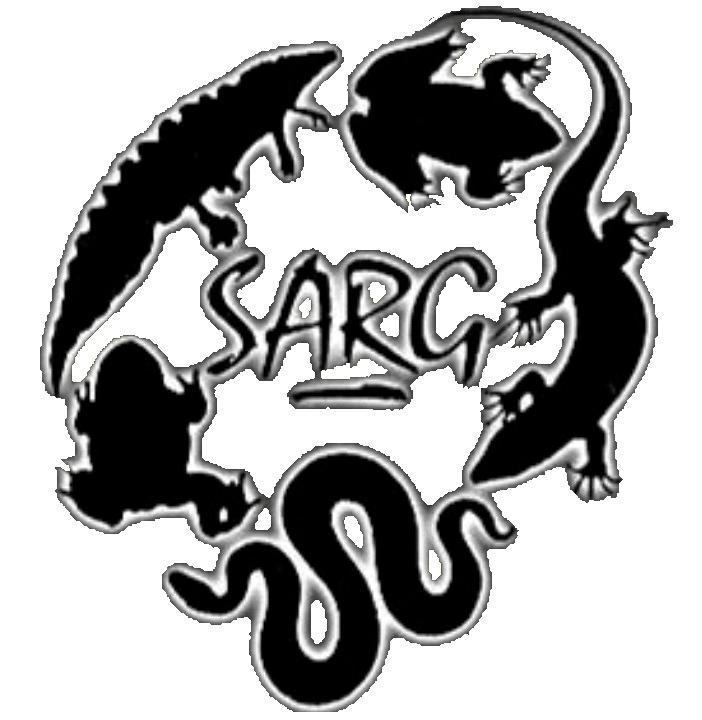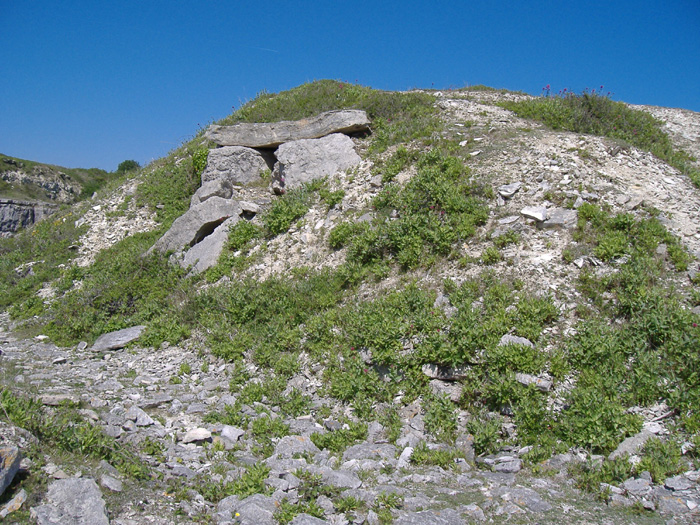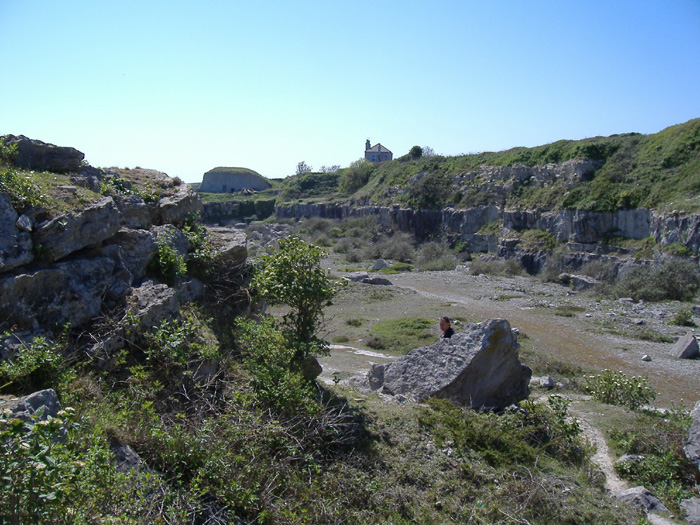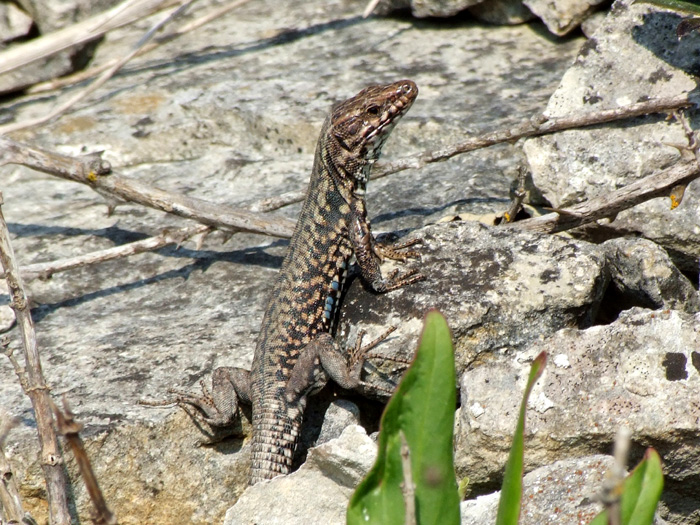Cheyne Weare
|

|

|
|
Closest Town: |
FORTUNESWELL (1.5 km) |
Introduction date: |
mid 1990s |
|
|
Site Name: |
Cheyne Weare |
Source of introduction: |
Captive bred stock, released by a private breeder. Original stock believed to have been imported from Brittany (France) in 1982. |
|
|
Site Access: |
Public |
Colony Status: |
Extant |
|
|
Relative population estimate: |
329 |
Extirpation date: |
N/a |
|
| History: This colony, based within Duncecroft quarry on the isle of Portland, was discovered in 1995. The colony is of the brown-backed form of Podarcis muralis, which is the less common of the two forms in British colonies. These animals probably originate from north-west France. When visited in 2007, this colony was evidently thriving with over 100 individuals sighted within an hour. Breeding is occurring as many juveniles can be spotted amongst the population. Although this colony has been in existence for more than ten years, it has failed to break out of its original quarry in meaningful numbers. This restriction is believed to be due to a limitation of egg-laying sites. |
||||
| Ecological impact: The Portland area has historically been poor in terms of reptile numbers. The only reptiles present on the Island which may find themselves in direct competition with the introduced Wall lizards are the native Common lizards. Provided that the Wall lizards remain in the quarry, ecological impact is assumed to be low. |
||||
|
Habitat: Cheyne Weare is a disused quarry, set within the sea cliffs on the South East of the Portland peninsular. Micro habitat includes sparse vegetation, brambles and vines with an abundance of open basking spots.. There are a large number of of thin rocks strewn across the quarry floor, and it it here that is it supposed the lizards lay their eggs.  Habitat at Cheyne Weare
 Habitat at Cheyne Weare
|
||||
|
Morphology: Presumed Podarcis muralis muralis.  Morph at Cheyne Weare
 Morph at Cheyne Weare
|
||||
|
Location: |
||||